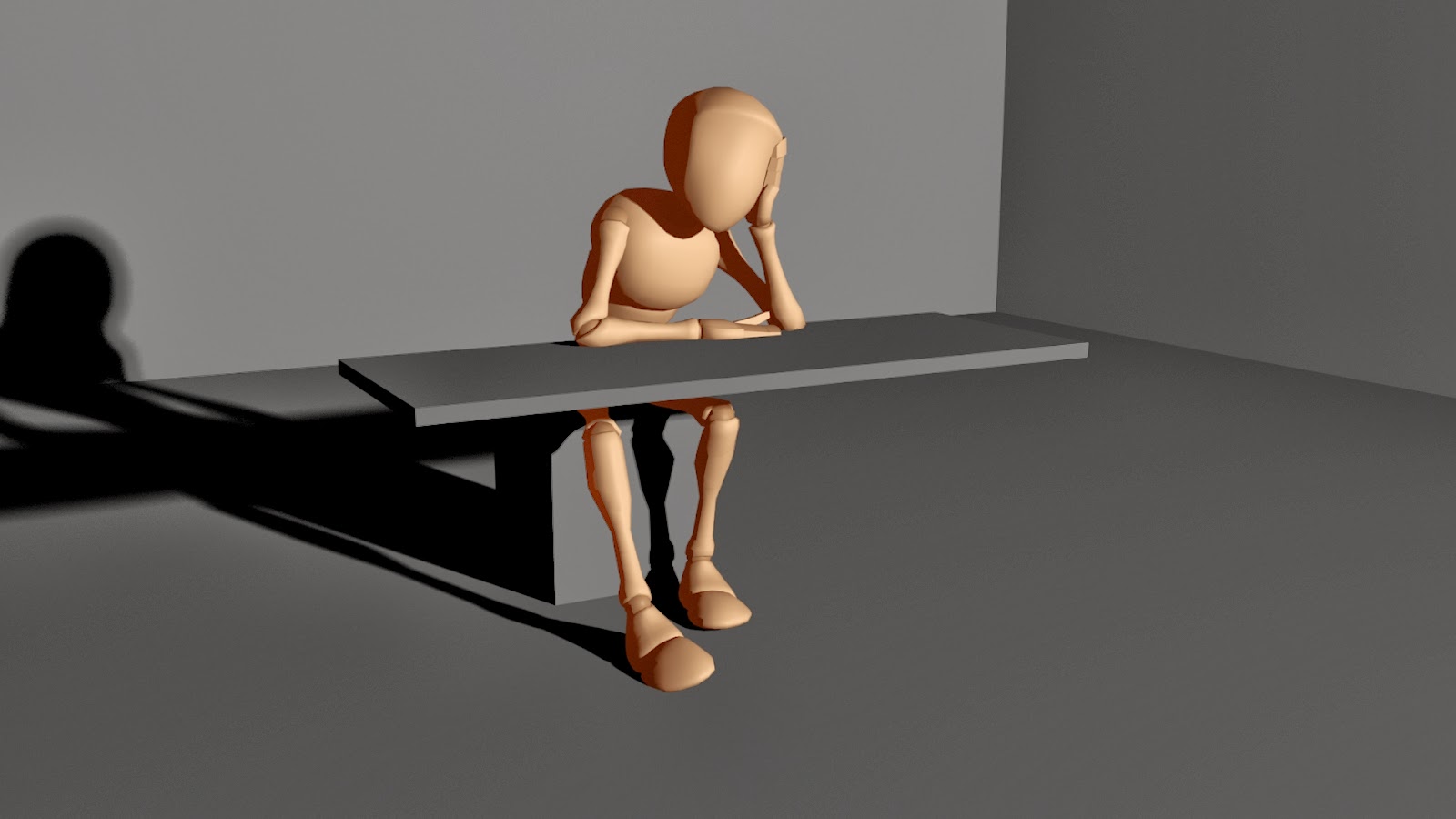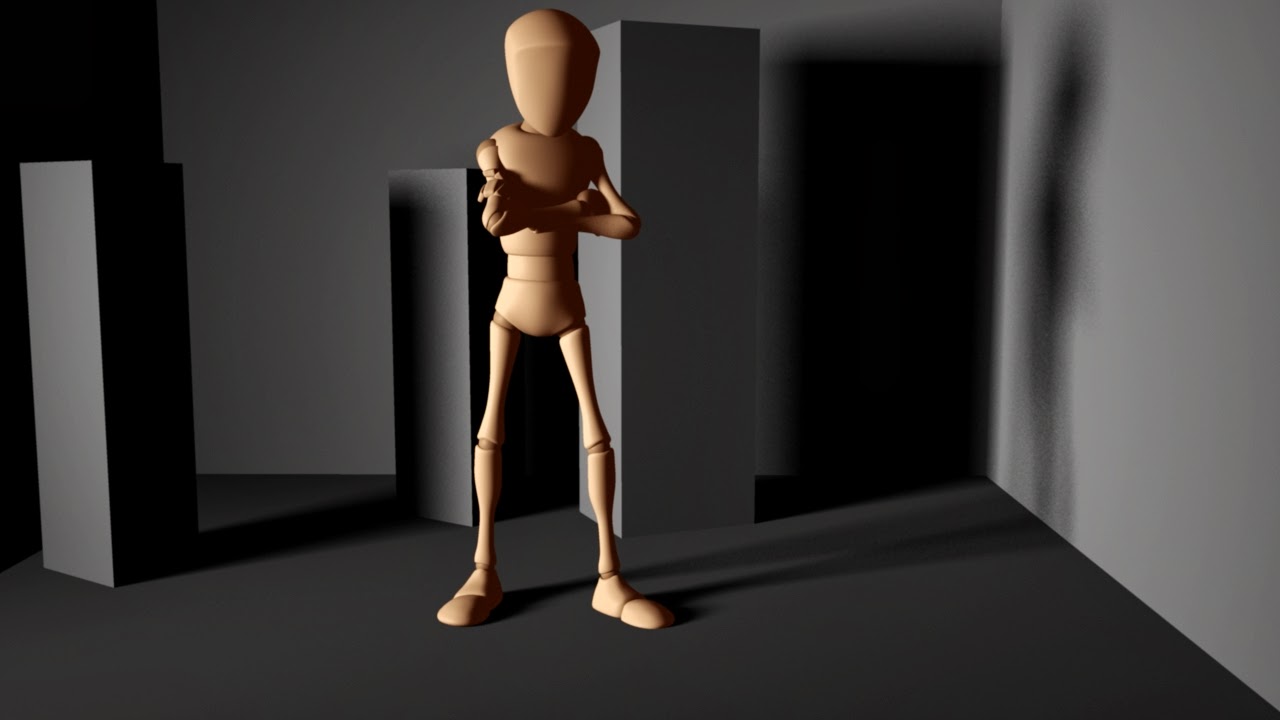This is a cartoon style animation of a man drifting off to sleep which causes him to almost fall over. He is then awoken by the sense of falling.
Raziel
Thursday, 13 March 2014
Wednesday, 12 March 2014
Friday, 7 March 2014
Thursday, 6 March 2014
Monday, 24 February 2014
Task 1
Task 1
To analyse the different characteristics and anatomy of human and animal forms
Anatomical Structure
Humans and animals are made up of a great deal of many things but the most common of which is a skeletal and muscular structure. The purpose of these is to provide the body with a solid basis for movement and a resilient frame for the body's organs.
http://www.fitness-central.co.uk/health-and-fitness/your-body/circulatory-system/cardiorespiratory-system/index.php
To analyse the different characteristics and anatomy of human and animal forms
Anatomical Structure
Humans and animals are made up of a great deal of many things but the most common of which is a skeletal and muscular structure. The purpose of these is to provide the body with a solid basis for movement and a resilient frame for the body's organs.
The average fully developed skeleton has 206 bones that have gradually been fused together from the original 300 bones that we have as a child.
http://wonderopolis.org/wonder/how-many-bones-are-in-your-body/
The above image is from a book called Anatomy for the Artist by Daniel Carter and Michael Courtney that details the various muscle groups in the human body. It describes muscles as "bundles of fibers that contract in a coordinated manner in order to produce movement." It also details the basic structure of a muscle itself saying that "In general, muscles consist of an upper portion, a bulky central region and a tendon." The tendon is the part of the muscle that is attached to whichever part of the body that will move whilst the central region is the bundle of muscle fibers that will expand and contract to actually create the movement itself.
Although the image below is not anatomically accurate it helps to further visualize the workings of the muscles.
To create greater movements muscles must work together in groups in order to operate the joints. An example of this would be for the shoulder muscle group. In order to raise and lower your arm the body uses the Anterior Head, Lateral Head and the Posterior Head that all work together to maneuver the arm in different ways. Another good example of muscle groups is in the neck as it uses the Omohyoid, Sternohyoid, Strenocleidomastoid and Trapezius to move the head to many different angles.
As I previously mentioned, if it wasn't for muscle groups then the body's joints could not operate but without the joints in the skeleton the body would have little to no movement capabilities. There are numerous types of joints in the body all of which can be found in the image below.
To explain how joints work I will use the humerus as an example. Around the humerus are two major muscle groups, the biceps and the triceps. In order to move the the forearm either the tricep or bicep must contract causing the other to expand. This creates a hinge like effect that, depending on the joint can move the joined bone one way or several.
This image gives a more visual explanation of joint and muscle operation.
There are three main archetypes for the human body shape known as Somatotypes.
The three types are:
- Endomorph - pear-shaped body, wide hips, wide shoulders, can have a lot fat on body, arms and thighs. When fit, ideal body type for weightlifting, wrestling.
- Mesomorph - wedge-shaped body, wide shoulders, narrow hips, muscular. Ideal body type for sprinters.
- Ectomorph - narrow-shaped body, are thin faced, with little fat or muscle. This is the ideal body type for long-distance runners.
http://www.bbc.co.uk/schools/gcsebitesize/pe/performance/0_performance_nutrition_rev3.shtml
http://www.britannica.com/EBchecked/topic/553976/somatotype
Due to the differences in size and muscle type, the three somatotypes move slightly differently to each other. Endomorphs carry more weight making them slow whereas an Ectomorph is lean and can move faster. The mesomorph is the more bulky of the three as there is more muscle so again this is portrayed as slow but also very strong.
Within the muscles and bones of the body is also the cardiorespiratory system and the cardiovascular system. The cardiovascular system is a large network of blood vessels that all connect to the heart in order to transport blood around the body. According to innerbody.com there are roughly 5 litres of blood that are transported throughout the body thanks to the cardiovascular system and it serves multiple purposes such as carrying oxygen, clotting wounds and also fighting off infection with the white blood cells. The cardiorespiratory system is the part of the body that takes care of the breathing process, it consists of the nasal cavity, the pharynx, the larynx, the trachea, bronchus and the lungs. The key roles of the respiratory system are to make sure the body always has oxygenated blood as well as removing waste from the air we breathe such as carbon dioxide.
http://www.fitness-central.co.uk/health-and-fitness/your-body/circulatory-system/cardiorespiratory-system/index.php
All of these previously explained parts of human anatomy can also be found in animals and work in a similar way, for example a horse makes use of all of these as it has a cardiorespiratory and cardiovascular system as well as a skeleton and muscle structure.
In this video you can see how the muscles are working together as the horse is running.
Features
Animals and humans have many different distinguishable features that are the result of thousands of years of evolution, here are the main examples and their properties:
- fur - Can be many different types, often associated with cold areas
- Hair - Like fur but not as thick and usually doesn't cover the entire animal
- scales - Found primarily on fish and reptiles but also used on fictional creatures like dragons
- feathers - Various shapes and sizes and are found on birds, can be very brightly coloured to attract other animals
- skin - Can be different colours and have different textures
- shells - Found on insects and sea life and is often viewed as being defensive
- teeth - Most animals have them but when they are large they are often viewed as intimidating when they are large and visible
- eyes - Many different styles and colours and can be used to portray lots of emotion
- beaks - Primarily found on birds but they are also found on creatures like turtles and can appear to be sharp
- horns - Many different creatures have horns, from cows to chameleons but can be associated with danger as they are sharp
- wings - Primarily birds that have wings and are used to fly, they are often used when creating fictional creatures
These features are primarily there to provide some benefit to the animal whether it be to keep it warm in cold climates but it also helps you recognise the animal and this principle is often used when designing characters.
The human face although it seems relatively simple at first glance is actually very complex when looking at the features and we recognise emotions from them every day without realising it.
The below image is a picture of Elizabeth from the game Bioshock Infinite and whilst she is not proportioned correctly due to her large eyes and narrow neck we are still able to perceive her thoughts and intentions by subtle movements in her features. The main of which is the slightly tilted head and raised eyebrow which is often a sign of curiosity and shows that she may be asking the player a question. We can tell that she is asking the player something as her mouth is open from speaking and there are also small dimples either side of the mouth which gives the look of smiling and happiness.
Another example I have chosen comes from the character Psycho in the game Crysis 3. The image below shows the character who is much more realistic than Elizabeth because there are many more details seen such as imperfections on his skin, wrinkle, scars, facial hair and more natural teeth. From the image we can see that the character is shouting at the player due to his eye contact and his abnormally open mouth that is only really seen when someone is shouting. He also looks angry because of the lowered inner brows and the crease across his nose which is caused by the skin scrunching up. His nostrils are also raised which can be seen by the creases that run past either side of his mouth which again is an indication of anger. The creases across the character's forehead are created by repeated expression in the face which gives the impression of age. By manipulating all of these features in the face animators are able to give a much more realistic, detailed and subtle range of emotions whereas with Elizabeth's facial features they have to be more exaggerated in order to get the point across.
To help create a much more realistic character, game developers will now often use the voice actor's features so that they can get as many of the details as accurate as possible. Below is an image of Dave Kennedy, the actor who voiced Psycho in Crysis 3.
Sex and Gender
When it comes to humans and animals there is almost always a male and female of every species, this is known as the sex. Whilst animals can be fairly indistinguishable, humans have many differences between male and female. There is obviously the difference in reproductive organs but there are also differences to the overall body shape. Generally men appear to be taller and more muscular when compared to women though this is not always the case. Women on the other hand generally have a curvier body type with wider hips than men.
The gender of someone does not always refer to their biological sex as it refers much more to the cultural and social differences. A way of viewing gender is in the terms masculine and feminine because although someone may have been born to a particular sex, they may behave and look like another by being either masculine or feminine.
A simple example of gender perception is simply to do with colour, in the image below blue represents masculinity while pink is often thought of as being feminine but the image shows that there is no set way to determine one's gender and that anyone could be what they like.
Thursday, 20 February 2014
Friday, 14 February 2014
Thursday, 6 February 2014
Homework
I was tasked with creating more poses that could express emotions so I thought I would try and incorporate multiple models to get the feelings across.
In this image there are three rigged characters, in the background is a character stalking a man like an assassin whilst the man flees for his life. Then in the foreground is one of the assassin's henchmen waiting to stop the fleeing man. Whilst posing these character I found out just how much of a difference simply posing the fingers can make, whether it's the fleeing man's open hands or the henchman's hands that are ready to grab him it seems like a really subtle way to give more detail to viewers.
Moods are:
- Scared
- Patience/Waiting
Friday, 31 January 2014
First Pose
Today I was learning about emotions and the effect that they have on the human pose. I drew many different poses that could express the feeling of cynicism and had to choose one which I thought was the most suitable. I positioned the character in the basic pose and then adjusted finer areas such as the feet, knees, fingers and waist.
Subscribe to:
Comments (Atom)







